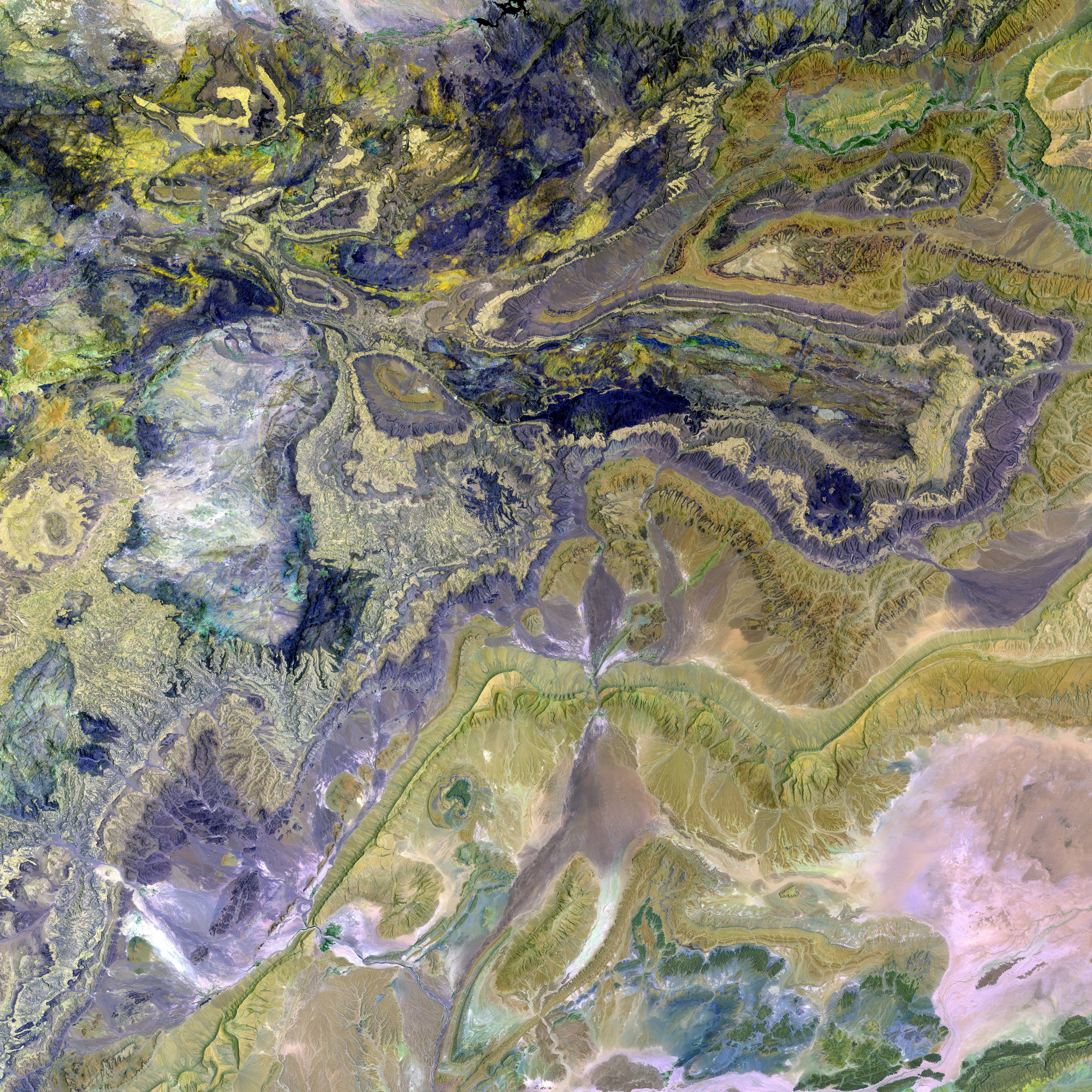Insights from Neuroscience on Encounters During Life-Threatening Conditions
Actor Jeremy Renner's brush with death two years ago had an unusual effect on him - he felt a "stimulating peace." Thousands of people have reported feeling the same way after near-death experiences (NDEs).
In his memoir, Renner described his out-of-body experience, where he saw his entire life at once, experienced a connection to the world, and saw family and friends standing before him. This is classic of NDEs, according to Jeffrey Long, who founded the Near-Death Experience Research Foundation. Long's foundation has collected over 4000 similar accounts.
While some people who have NDEs report seeing their body from above, moving through a tunnel towards a light, and even encountering God, others experience a more subtle change. Some people lose all fear of death, while others change professions or end relationships. The reactions to NDEs seem to surpass what researchers have observed in people who nearly died but did not have such experiences.
There is no scientific consensus on the causes of NDEs. Some researchers believe that NDEs are linked to a burst of neurotransmitters and the activation of specific receptors in the brain, which can produce a sense of calm and vivid imagery. Hypoxia, or a lack of oxygen to the brain, is another proposed explanation. Some researchers suggest that NDEs might be influenced by neurochemical releases or the effects of drugs used in anesthesia. Recent studies have shown that the brain can remain active for several minutes after clinical death, particularly through gamma wave activity.
Attribution theory offers a psychological explanation for why people describe their NDEs in certain ways. It suggests that the interpretations and descriptions of NDEs are influenced by the individual's beliefs and cultural background. From a more theoretical perspective, some researchers use Jungian archetypes to explain NDEs as manifestations of collective unconscious patterns.
Some researchers and people who have had NDEs believe that these experiences are true encounters with the afterlife. This idea is an anathema to many neuroscientists who believe that consciousness arises from the brain. However, the accuracy and detail of what patients recall having seen and heard from outside their body are difficult to explain by neuroscience alone.
Doctors and nurses are often the first people patients describe their experiences to, hoping to "get some perspective on it." However, some professionals respond with skepticism, which can be devastating for people who have a near-death experience. Therefore, it's essential for medical professionals to be more sensitive and understanding toward patients who have had NDEs.
In his memoir, Renner's NDE led him to a profound appreciation of life, reflecting the common trend of individuals reporting increased mental-health well-being post-NDE. Interestingly, researchers like Long propose that culture and personal beliefs may significantly shape the way individuals describe and interpret their NDEs, blending science and health-and-wellness with personal cultural experiences.






